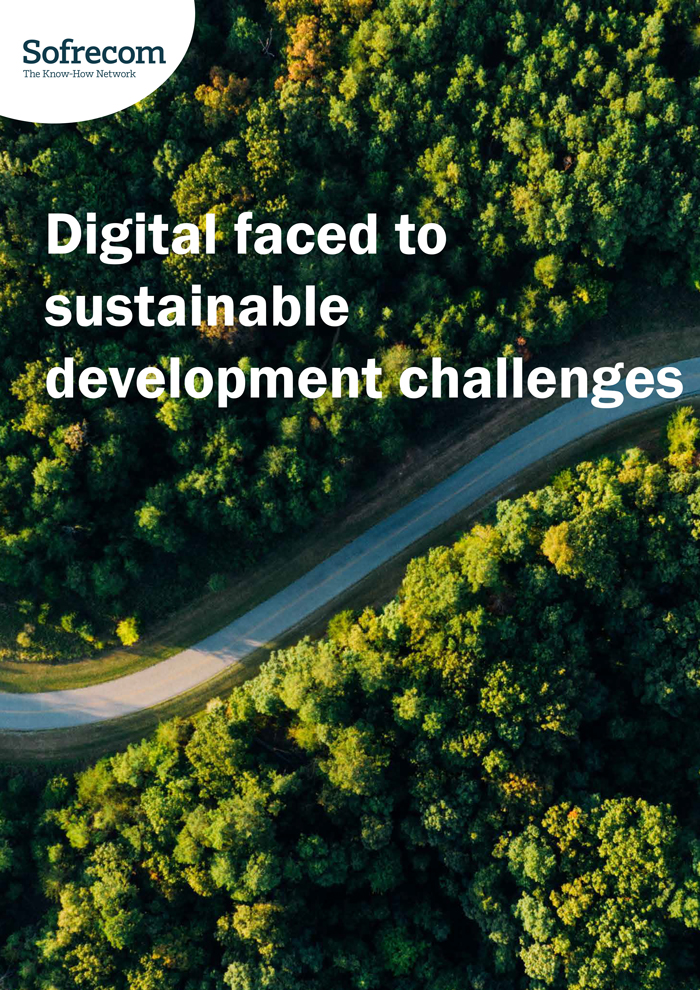
Orange has launched several projects to anticipate the obligation to communicate to its customers the equivalent of their Internet and mobile consumption in greenhouse gases.
In France, the AGEC law (anti-waste law for a circular economy), enacted in early 2020, addresses several environmental issues including waste reduction, consumer information and fight against waste.
Telecom operators are concerned. In 2020, they will be obliged to inform their customers “on the amount of data consumed, as well as the equivalent of the corresponding greenhouse gas emissions" with the aim of "raising awareness on the impact of their activity and their digital consumption on the environment and climate."
According to Ademe (1), the digital sector is currently responsible for 4% of global greenhouse gas emissions. With the sharp increase in usage, stimulated in particular by technological developments, this carbon footprint could double by 2025.
Orange has launched in this context several projects to anticipate the obligation to communicate to its customers the equivalent of their Internet and mobile consumption in greenhouse gases.
Orange called on our experts to:
- Operationalize the projects following the design thinking phase (2), carried out upstream, with the ambition of restoring to customers the carbon footprint of their digital uses.
- Set up the governance to orchestrate the development of the projects: work in iteration with delivery of different increments.
- Monitor the performance of the service and develop the content by taking into account customer feedback.
Agile governance for a rapid deployment of the solution
Our expertise in agile methods allowed us to meet Orange's objectives while taking into account the expectations expressed by Orange's customers:
- Implementation of an agile governance and a multidisciplinary core team (3) (marketing of offers, terminal marketing, CSR, communication, digital and legal).
- Launch of a qualitative study to gather customer expectations.
- Organization of several workshops to define and prioritize the backlog (4) with the different businesses while relying on the results of the customer study.
- Implementation of a continuous improvement loop to actively take into account the needs and expectations expressed by customers (recurring surveys, etc.).
A device that brings transparency and awareness
Orange customers can now track the carbon footprint of their digital products and services through a new section in their customer area.
This new feature brings transparency to customers and supports Orange's commitment to environmental issues by helping its employees and customers become more aware of the impact of digital technology.
1 https://librairie.ademe.fr/cadic/2351/guide-pratique-face-cachee-numerique.pdf?modal=false
2Design thinking is a method for managing innovation https://fr.wikipedia.org/wiki/Design_thinking )
3Core team: is the team responsible for the daily management of the project. It should not be confused with the strategic level management that represents the key function of the project steering committee.
4Backlog: backlog is a term widely used in the Scrum method, and within other Agile methodologies and represents the list of features that remain to be done to develop an IT product or service.



